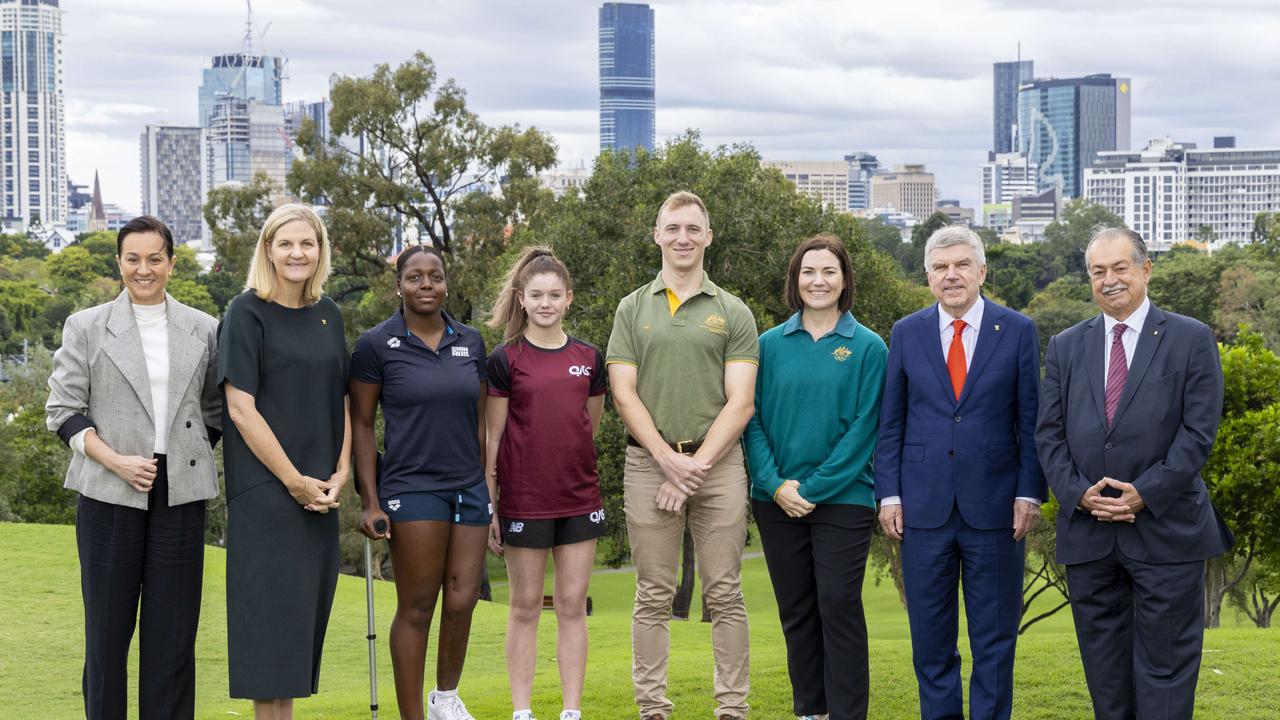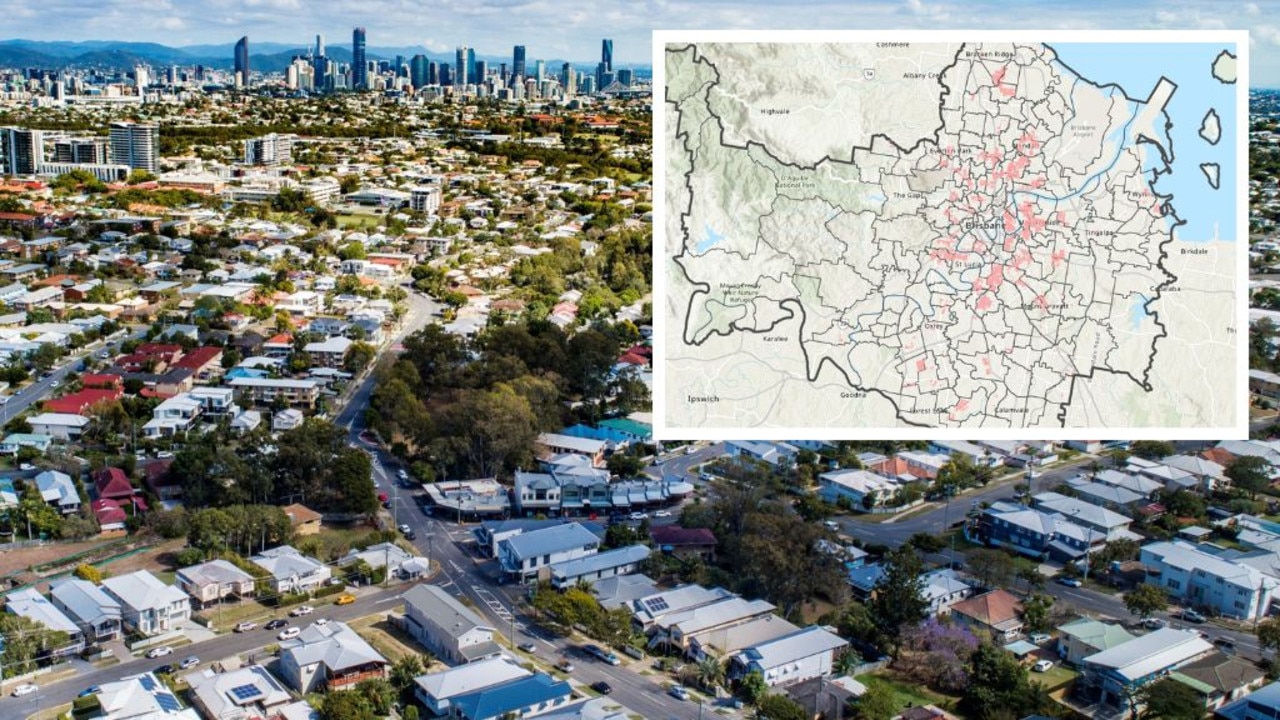Report reveals doomed Taipan chopper’s tragic final moments
A catastrophic Army helicopter crash that killed four men could have claimed more lives if not for the evasive action of one pilot, an investigation has found.
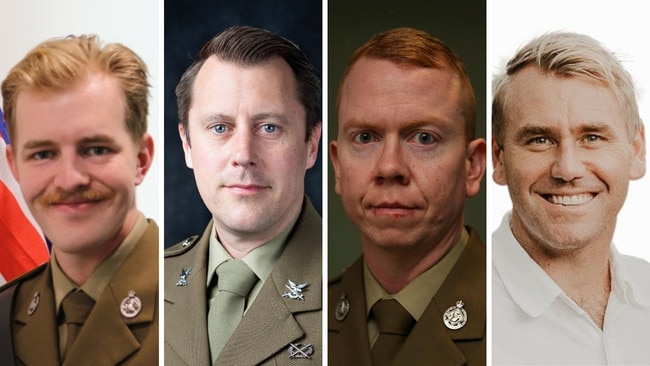
QLD News
Don't miss out on the headlines from QLD News. Followed categories will be added to My News.
A catastrophic army helicopter crash that killed four men could have claimed more lives if not for the evasive action of one pilot who avoided colliding with another aircraft, an investigation has found.
MRH-90 Taipan Captain Danniel Lyon and co-pilot Lieutenant Maxwell Nugent were found to be disoriented for 21 seconds before their helicopter crashed into waters off Lindeman Island in the Whitsundays during Exercise Talisman Sabre 23.
They were killed alongside Warrant Officer Class 2 Joseph ‘Phillip’ Laycock and Corporal Alexander Naggs.
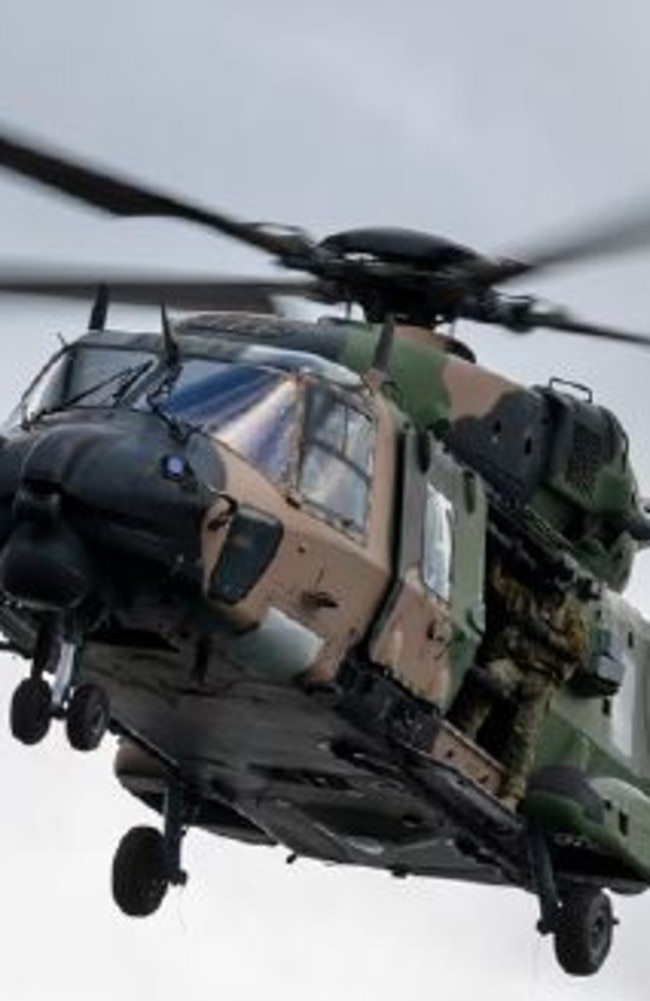
A long-awaited 228-page Aviation Safety Investigation Report into the crash on July 28, 2023 was released on Wednesday with 196 findings or observations, and 46 recommendations.
The four men were the third in a formation of four MRH-90s that were conducting an air mobile mission.
The Defence Flight Safety Bureau report found the primary cause of the accident was “spatial disorientation”.
It also revealed that in the moments before the crash, Capt Lyon was forced to take evasive action to avoid colliding with one of the other helicopters, potentially saving the lives of that crew.
The four helicopters – with call signs Bushman (BSMN) 81, 82, 83 and 84 – took off from Proserpine Airport at 10.14pm.
The helicopters were conducting various manoeuvres and were flying through rain with limited visibility where it was found the pilots “more than likely” could not see the horizon clearly.
Also restricting visibility was all the helicopters flying with their cabin doors closed.
At 10.36pm, Capt Lyon and his co-pilot Lt Nugent began experiencing “spatial disorientation”, climbing in BSMN 83 for 15 seconds where it was found to be “extremely likely” they lost sight of BSMN 82.
Cockpit voice recordings did not reveal any communications between the two helicopters but a recording from inside BSMN 83 heard Lt Nugent say: “Have you still got [em]”.
Capt Lyon replied: “Yeah still got [em] mate”.
The report found this exchange indicated the pilots “almost certainly” lost sight of BSMN 82 as it disappeared under their nose.
The investigation found BSMN 83 attempted rolling manoeuvres to try and regain sight of BSMN 82.
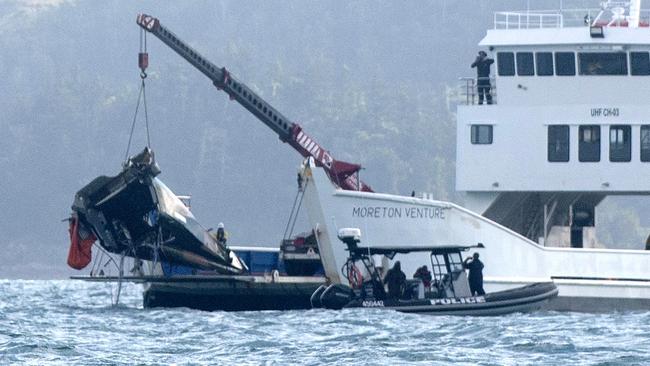
It was found Capt Lyon likely didn’t know his helicopter was facing nose down at the time it plunged at a “very high and unrecoverable rate” into the ocean.
In the moments before the crash, it was also found the two helicopters came within 50 metres of each other, prompting Capt Lyon to take evasive action to avoid a mid-air collision, potentially saving the lives of the other crew.
The report found that in the days before the crash, MRH-90 aircrew were staying at the Proserpine Airport on stretchers in tents of up to 18 people, a set up which limited the sleep of Capt Lyon and Lt Nugent.
Waiting in their MRH-90 for two hours before it took off on the fateful flight was also found to have contributed to their fatigue.
The report found the pair’s level of fatigue likely increased their risk of experiencing the “spatial disorientation”.

The DFSB also investigated whether the pilots’ use of a hazardous helmet mounted visor, known as TopOwl 5.10, contributed to the crash and the pilots’ lack of spatial awareness.
But this was deemed “very unlikely”.
Among its recommendations, the DFSB urged reviews of army aviation fatigue policy, minimum flight heights above open water at night and spatial disorientation training for pilots.
This aviation safety investigation was described as “one of the most complex conducted by Defence in recent history”.
All recommendations have been accepted by the Defence Aviation Authority, who says they will be actioned and implemented.
Three other separate independent investigations by the Inspector-General of the ADF, CommCare and Queensland Coroner remain ongoing.
The IGADF is expected to deliver its findings later this year.
Defence All-hours Support Line (ASL) – 1800 628 036
Defence Member and Family Support – 1800 624 608
Open Arms – Veterans & Families Counselling – 1800 011 046
Lifeline – 13 11 14
Originally published as Report reveals doomed Taipan chopper’s tragic final moments


